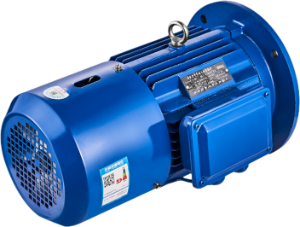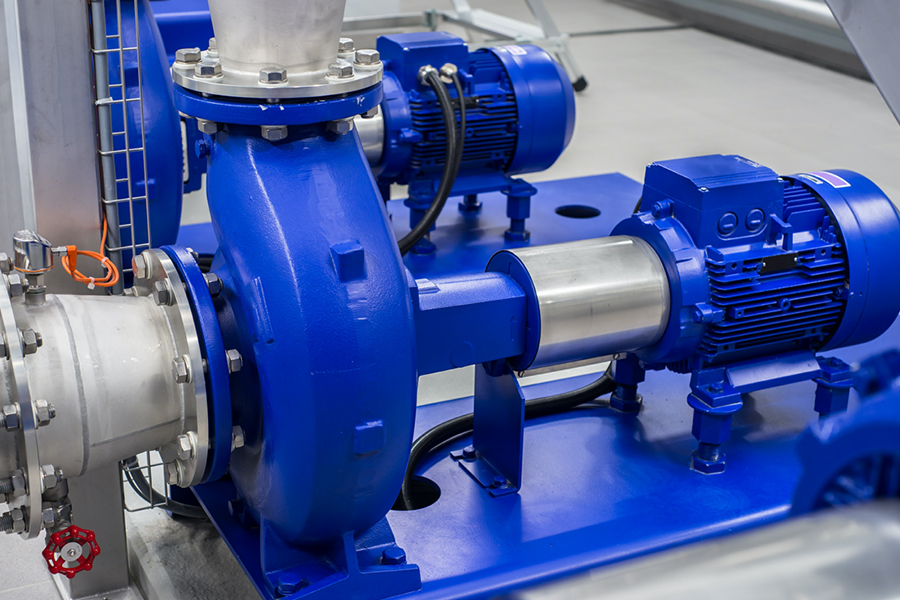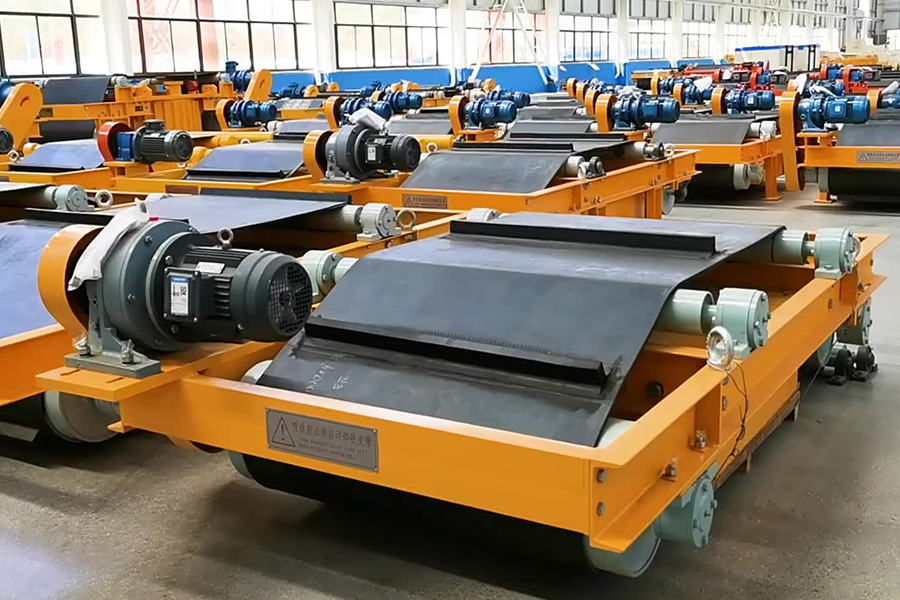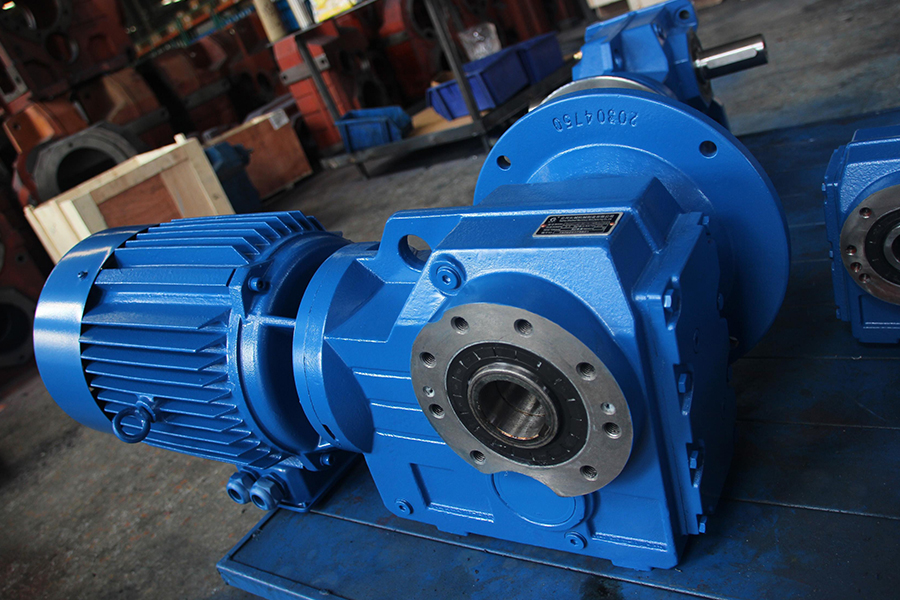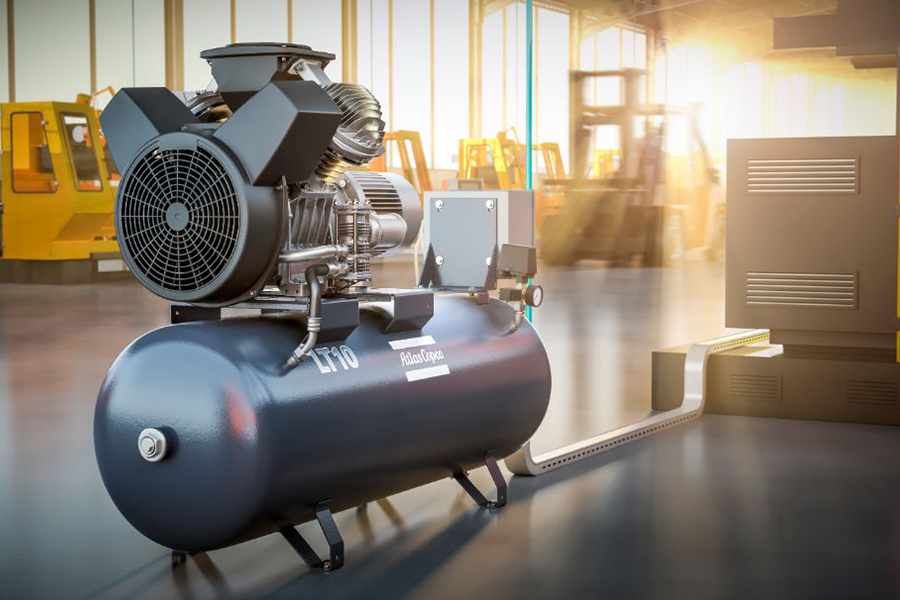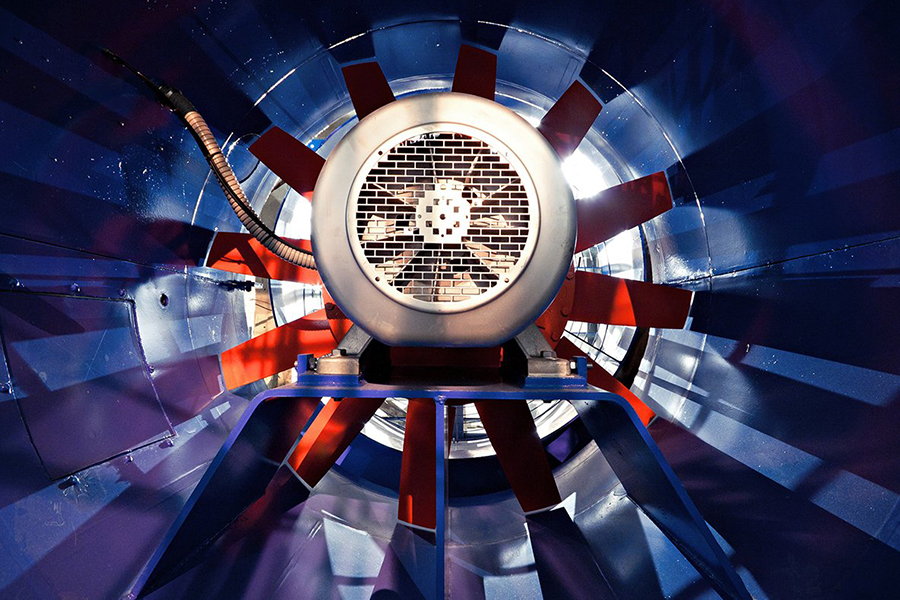In modern mechanical systems, efficiency, safety, and precision are crucial. Brake motors are essential components in various industries, providing quick-stop capabilities and control that improve safety, minimize maintenance, and optimize performance. This article delves into the technical advantages of brake motors, exploring why they have become a popular choice in today's machinery.
1. What is a Brake Motor?
A brake motor is a motor equipped with a braking mechanism that allows for rapid stopping and secure hold. Unlike standard motors, which continue rotating until friction or an external braking system stops them, a brake motor has a built-in feature that brings the motor to a halt almost instantly. This characteristic is highly beneficial in applications requiring precise stopping and controlled movements, such as assembly lines, elevators, and manufacturing equipment.
2. Key Advantages of Using Brake Motors
Rapid Stop and Enhanced Safety
In many industrial applications, stopping machinery instantly can prevent accidents, equipment damage, or product wastage. For instance, in automated production lines, brake motors allow operators to halt the process quickly in case of an emergency, thus reducing potential harm to operators or equipment.
Brake motors also play a critical role in applications where weight-bearing equipment is involved, such as cranes and hoists. By holding the load securely in place when stopped, they prevent unexpected shifts that could result in dangerous situations.
Precision Control for Enhanced Performance
In modern machinery, accuracy is paramount. Brake motors enable precise control over movements, which is especially important in tasks requiring exact positioning, such as CNC machining or packaging. For example, when the motor stops, it holds its position without drifting or coasting, ensuring the machinery's actions are accurately controlled.
This precision reduces errors in production, contributing to improved product quality and minimizing the need for adjustments or recalibrations. This feature is particularly beneficial for high-tech industries like electronics manufacturing, where precision and consistency are critical.
Reduced Maintenance Time and Costs
Brake motors are often designed with durable components that reduce wear and tear. Traditional motor setups that rely on external braking mechanisms experience more wear due to the constant friction involved, which can result in more frequent replacements and higher maintenance costs.
Since the braking mechanism in a brake motor is integrated and optimized for the motor's functions, it requires less frequent servicing. For businesses, this translates to lower operational costs and fewer disruptions caused by machinery downtime. In applications that demand continuous operation, such as assembly lines or packaging systems, this reduction in maintenance time is invaluable.
3. Applications of Brake Motors in Modern Machinery
Brake motors have found applications in a variety of sectors due to their reliability and functionality. Here's how different industries benefit from using brake motors:
Manufacturing and Assembly Lines: Brake motors offer precise stopping and holding functions, crucial in automated assembly processes. In manufacturing, tasks often require precise motor control to align parts, operate tools, or manage conveyors. The immediate stop capability of brake motors ensures smooth operations and reduces risks of assembly errors.
Elevators and Escalators: Safety is paramount in elevator and escalator design. Brake motors help stop and hold the machinery instantly, which prevents sudden drops or uncontrolled movement, thus ensuring passenger safety. The brake also allows for smooth, reliable operation over time, even with frequent use.
Material Handling: Applications like cranes, hoists, and winches rely on brake motors to secure heavy loads. These motors stop and hold the load in place, preventing accidents related to uncontrolled load shifts. This secure handling feature makes brake motors ideal for warehouse and construction environments.
Packaging Equipment: The precision control offered by brake motors is essential in packaging, where exact positioning is required to wrap, seal, and label products accurately. In high-speed operations, brake motors ensure the machinery stops and resumes seamlessly, contributing to productivity and quality assurance.
4. Types of Brake Motors and Their Specific Benefits
While all brake motors share common advantages, certain types are suited for specific applications:
Electromagnetic Brake Motors: These brake motors rely on electromagnetic force to stop the motor. They are often used in automated systems where precise control is essential, such as assembly and production lines. The electromagnetic design provides a fast and accurate stop, enhancing overall system efficiency.
Spring-Applied Brake Motors: This type uses a spring to apply the brake and an electrical signal to release it. Spring-applied brake motors are commonly used in applications where the motor needs to stop during power loss, such as elevators or cranes. This feature adds an extra layer of safety, ensuring equipment stays secure even during unexpected power outages.
Hydraulic and Pneumatic Brake Motors: Often used in heavy-duty applications, hydraulic and pneumatic brake motors are ideal for equipment requiring high force, such as construction and mining machinery. These motors provide consistent stopping power and are highly reliable under demanding conditions.
5. Tips for Selecting the Right Brake Motor
When choosing a brake motor for your machinery, there are several key considerations:
Determine the Braking Requirements: Depending on the application, you may need a motor with specific stopping power, holding torque, or precision. For instance, heavy-duty equipment may require higher torque, whereas packaging machinery might need quick, low-torque stops.
Consider Environmental Factors: Think about the operating conditions. If the motor will be exposed to harsh environments, such as high temperatures or dusty settings, choose a brake motor designed for durability under those conditions.
Check Compatibility with Existing Systems: Ensure that the brake motor you choose is compatible with your current setup. If you're upgrading, look for motors that integrate smoothly with your system for a seamless transition.
Evaluate Energy Efficiency: For large-scale operations, energy-efficient motors can save on costs over time. Look for brake motors that consume less power without sacrificing performance, especially if they'll be running continuously.

 English
English 中文简体
中文简体 عربى
عربى



